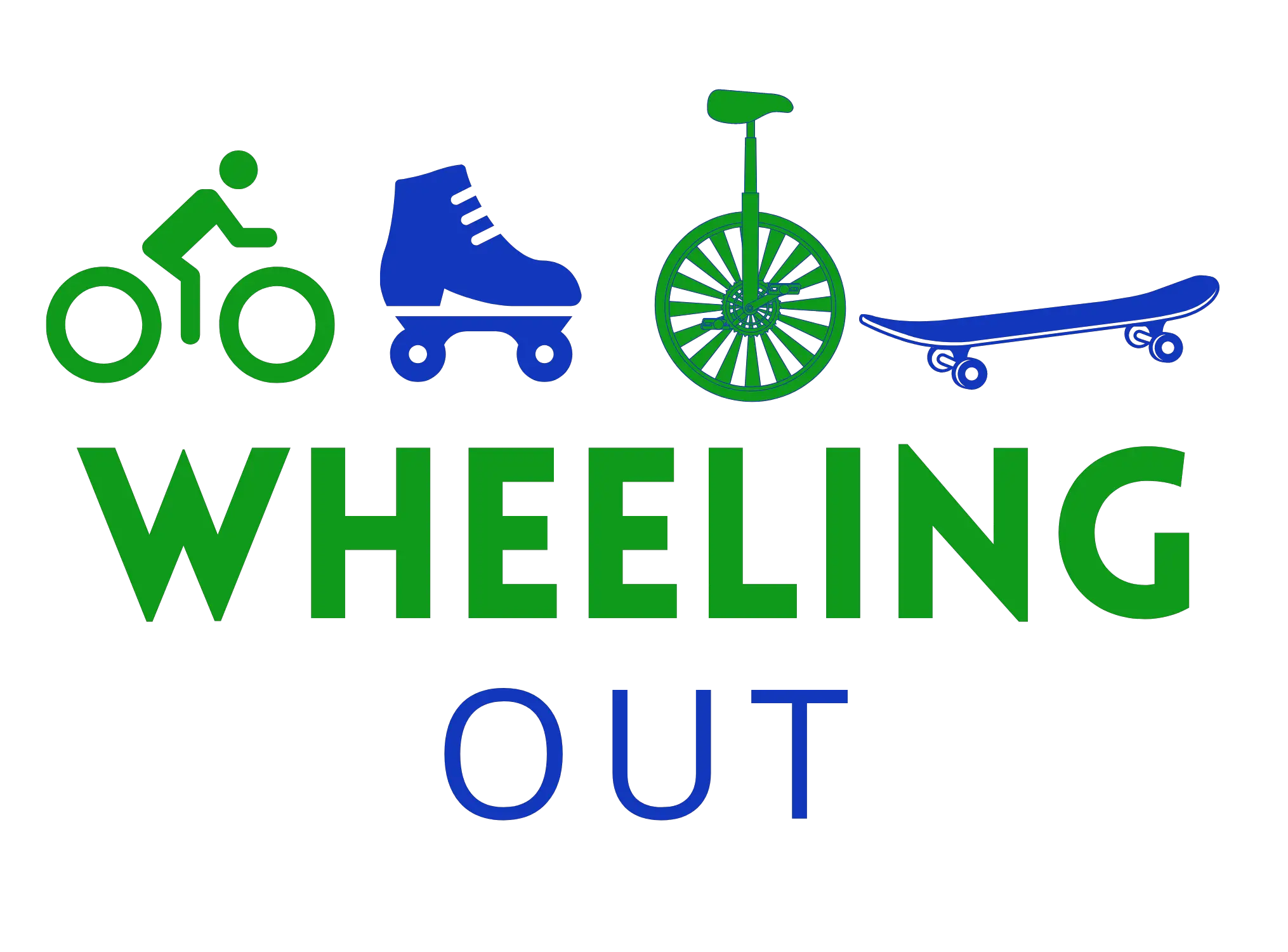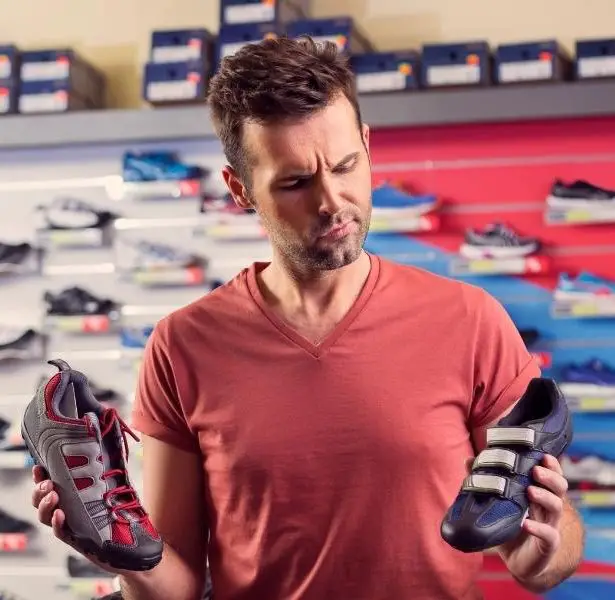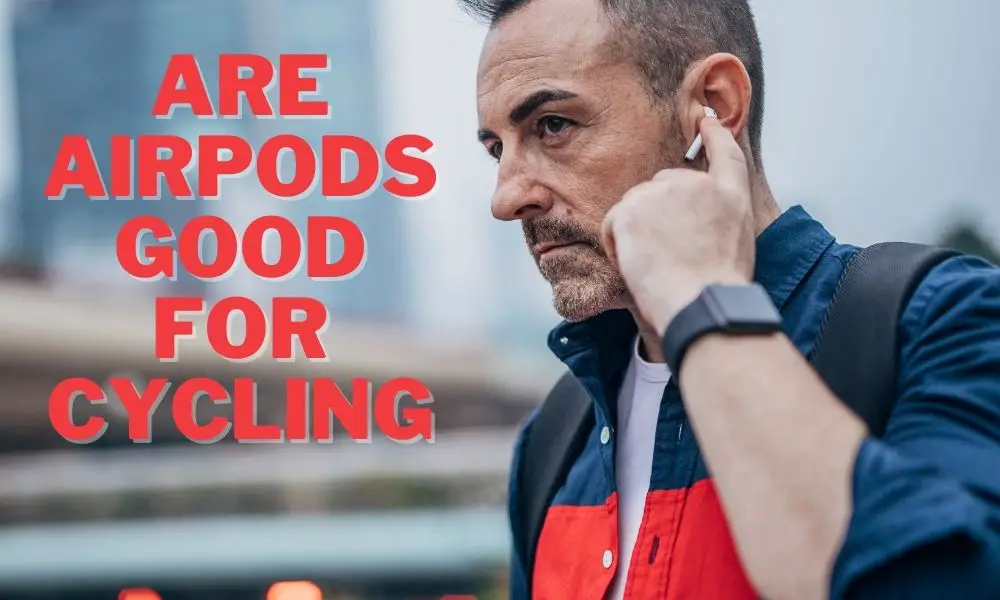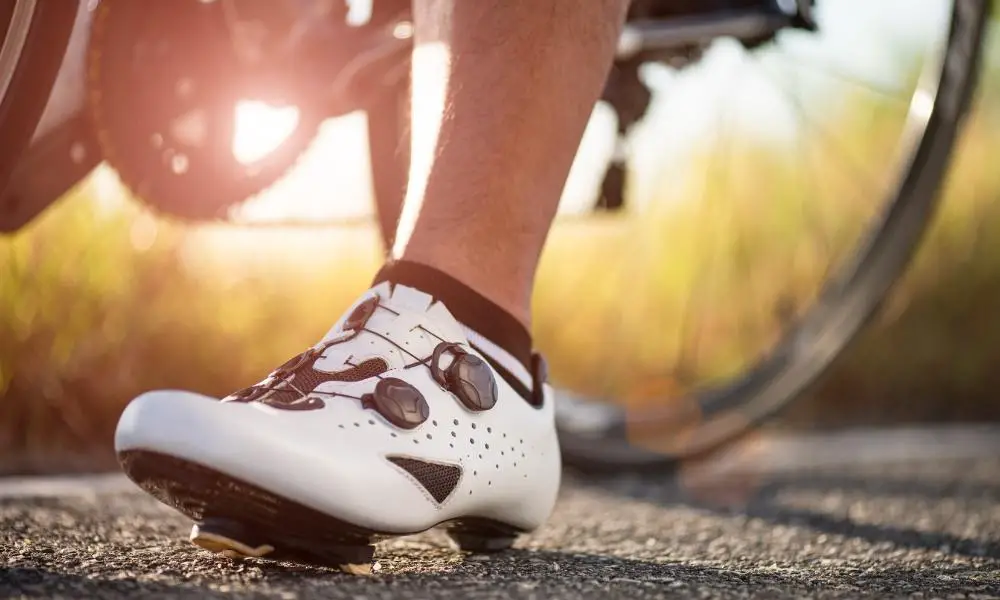Cycling chamois is one of the most popular items of gear worn by cyclists in training or racing. This guide will provide you with our complete guide to cycling chamois, from the basics of what a chamois is, to what to look for when buying a new cycling chamois, and how to care for your chamois for maximum use.
In this guide, we’ll give you important information to help you make the best decision regarding what type of cycling chamois you should purchase. We’ll also show you how to take care of your chamois once you find your perfect fit.
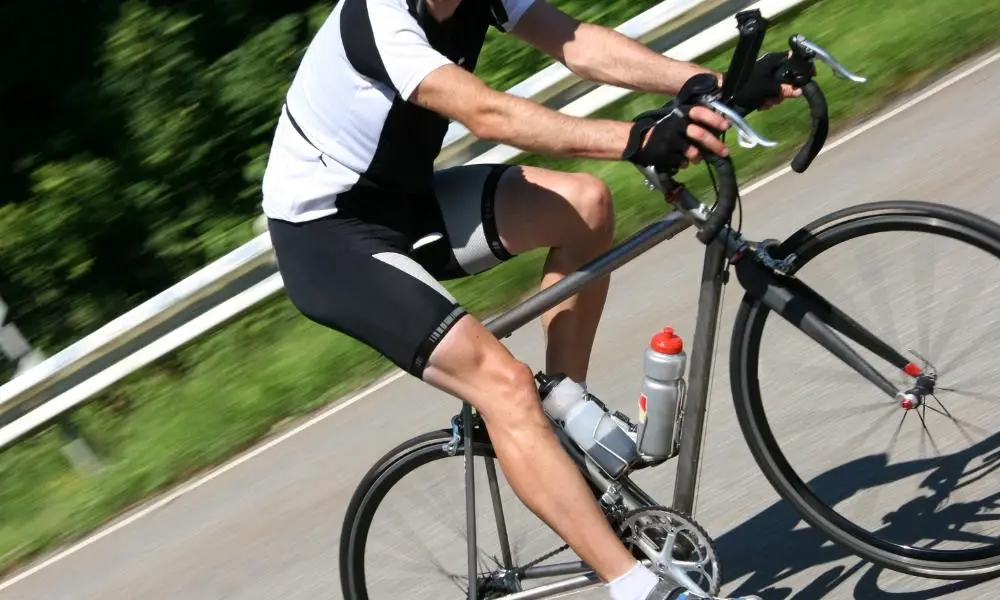
Table of Contents
What Is A Bike Chamois
A bike chamois is the padding that is sewn into cycling shorts. It was developed specifically to protect the genital area of the male cyclist, because of the potential for injury.
Bike chamois also reduces friction and pressure on your skin, making riding more comfortable. If you don’t use a chamois, you risk getting soreness, inflammation, and/or chafing in the inner thigh area.
How Long Do Cycling Chamois Last
This is a tough question, but I think it is safe to say that you will have this item for at least 6 months. For most, the remainder of the shorts (the fabric) will deteriorate before the chamois do.
How long a cycling chamois will last depends on several factors:
- The material of the chamois;
- The riding style of the rider;
- The climate in which the rider rides;
- The cleaning method (washing with detergent, water only, soap and water, etc.);
- The drying method;
- The number of miles ridden by the cyclist;
- How often the shorts are washed.
The material of the cycling chamois plays a major role in how long the chamois lasts. It is very important to use products that are made of soft, durable materials such as micro-fiber and nylon. The fabric used in cycling chamois must be strong and highly breathable. The chamois should be well-fitted to the rider’s body and should fit snugly without being too tight or loose.
If you ride long hours and get lots of miles in, you’ll need to make sure you purchase a chamois that is designed for long-distance riding. If you ride less than 10 miles in a day, you may be able to get away with just buying a cheaper cycling chamois.
For a long-distance ride, you should be looking for a cycling chamois that is made out of high-quality material. This way, you will be able to use it for a long time.
It is also important to consider how much you want to spend when you are purchasing this chamois. A good chamois should be able to hold up for many years. The chamois that you choose should have a proper, comfortable fit.
Do Bike Chamois Wear Out
Bike chamois do eventually wear out. The chamois is made out of a special foam compound that is soft and very durable. The foam itself will continue to last for several years if treated properly. The major point of wear and tear comes from ordinary use of the chamois. The the most common cause of this wear and tear is friction. The chamois will wear out after several miles of riding. The more the chamois is used, the sooner it will wear out.
The chamois becomes harder and less elastic over time. As a result, the foam will lose its ability to conform to the wearer’s body, and the foam will wear out. The first sign that the chamois is wearing out is a feeling of “hardness” in the seat. The second sign is a sense of discomfort when riding. Once the chamois is worn out, the user should consider getting a new chamois or a new pair of cycling shorts.
How Often Should You Wash Your Bike Chamois
The best practice is for you to wash your bib shorts after every ride especially if you get sweaty during the ride. Keep in mind that biking shorts (Amazon link) are designed to be worn without underwear. Obviously this means that you will be sweating directly onto the shorts and chamois. Bacteria from your body can build up while wearing these shorts and can lead to saddle sores and infections if not washed regularly.
To save time, many cyclists wear their shorts into the shower and hand wash them. At the very least, some riders will rinse their shorts under the shower nozzle after each ride and hang dry them afterward.
To reduce the amount of wear from washing, you can invest in multiple pairs of cycling shorts. You can also take special care when washing your shorts. Some tips for washing your shorts include: hand wash them or wash on the gentle cycle; use mild detergent; wash in cold water; hang them to dry naturally. If you want to dry them in a dryer, tumble dry them with no heat.
Why do cyclists wear chamois?
Cyclists wear chamois to maximize comfort in the saddle while they’re riding. Chamois provides cyclists with extra padding in the crotch and buttocks areas. This alone increases the comfort needed for long rides. However, the chamois also provides protection from skin irritation caused by friction while riding.
For cyclists, wearing chamois can help them feel more comfortable on a bike, which helps them ride longer and better.
Can Vaseline be used as chamois?
Vaseline or petroleum jelly can be used as a substitute for chamois or chamois cream. Vaseline seems to work well to help prevent chafing. However, there are a few disadvantages associated with its use.
The most common complaint with using petroleum jelly is that it leaves stains in your biking shorts. Petroleum jelly is not water soluble and generally does not wash out of clothes. It also builds up on the chamois and cause damage to it or allow for bacteria to set up on the chamois.
Finally, petroleum jelly gets on your bike saddle when applied as a substitute for a chamois. This can potentially cause damage to your bike saddle.
Most cyclists recommend sticking with chamois cream (Amazon link) as it is designed for the purpose of preventing chafing while cycling. Although it is more expensive than petroleum jelly, using chamois cream will eliminate those problems you’ll encounter with using Vaseline.
Related Questions
How do you wear a cycling chamois?
To ensure proper fit, the cycling chamois should be sewn into your biking shorts. You want to make sure you’re wearing the chamois correctly.
Your cycling shorts should fit snugly so that the chamois will stay in place while you ride. To be sure that your chamois will stay in place, be sure to check the size of your cycling shorts which are usually printed on the label. If you’re not sure about your size, you can check at a cycling shop.
You can also measure your body against the cycling chamois. You can take the measurements and compare them to the measurements on the cycling chamois.
When you’re buying cycling shorts, you should also get a pair that is made specifically for cyclists. These shorts are more comfortable than those made for other sports. They have a higher waistband that holds the chamois in place. You can also check the sizing chart to see if your cycling chamois is the correct size.
Do I need a chamois for cycling?
Some cyclists do not need a chamois, but most who ride long distances prefer having one.
There are two main reasons for the use of a chamois. The first is that chamois can protect the cyclist’s skin from chafing and irritation from friction. The second reason is that a chamois will help prevent the development of saddle sores.
A chamois is a great investment for all cyclists, and they’re worth the price you pay for them. A chamois will protect you from skin irritation and keep you comfortable as you work up a sweat. Some people choose to wear a chamois even when they don’t plan on riding for long periods of time.
How do you pick a good cycling chamois?
A good chamois is one that provides a snug fit, is comfortable, and doesn’t cause irritation. Chamois should fit well, but not too tightly. The best chamois are those that can be worn comfortably for long periods of time.
You should choose a chamois that is made of antibacterial materials. This will help prevent bacteria from growing on the chamois. There are many different types of chamois available, so it is important to try on a few before making a purchase. You should make sure that you are comfortable with the fit and feel of the chamois before buying.
This video addresses the properties you want to look for in a good chamois and bib:
